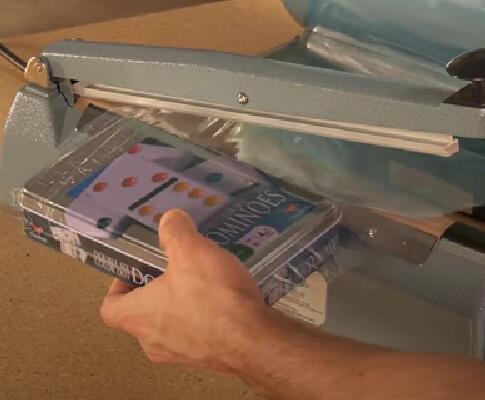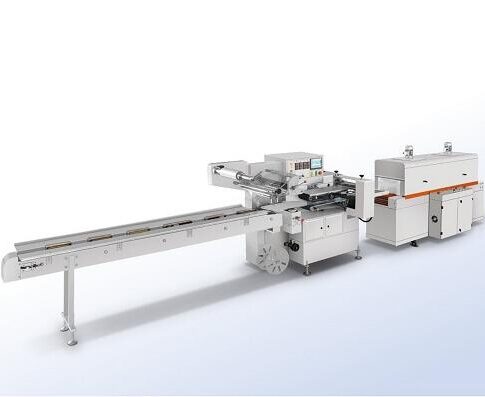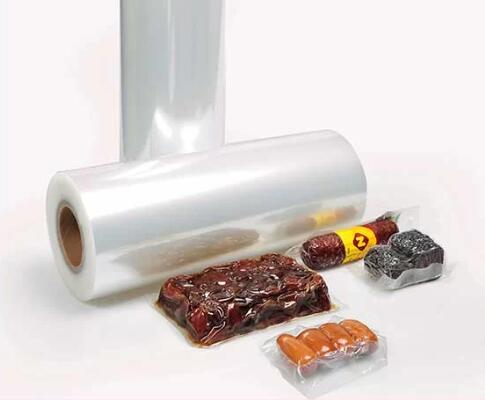The goal of insulation is simple: make your home more comfortable and energy efficient. There are many ways to insulate buildings, including rigid foam insulation, spray foam insulation, fiberglass batt insulation, blown cellulose insulation, and more. Rigid foam is used to adhere to the exterior of a home, while spray foam is used to spray into wall cavities. Fiberglass batting is often rolled into the wall cavities between studs in new construction, and blown cellulose is popular in remodeling projects; holes are punched in the wall and filled in the cavities.
Expanded polystyrene (EPS), extruded polystyrene (XPS), and graphite polystyrene (GPS) are three popular rigid foam insulation materials. Expanded polystyrene is the most versatile as it can be molded and cut into different shapes. While the most common shape in remodeling and new construction applications is slab, profile EPS is also popular in insulated vinyl siding. Contour EPS not only acts as insulation but also increases the durability and impact resistance of the siding.
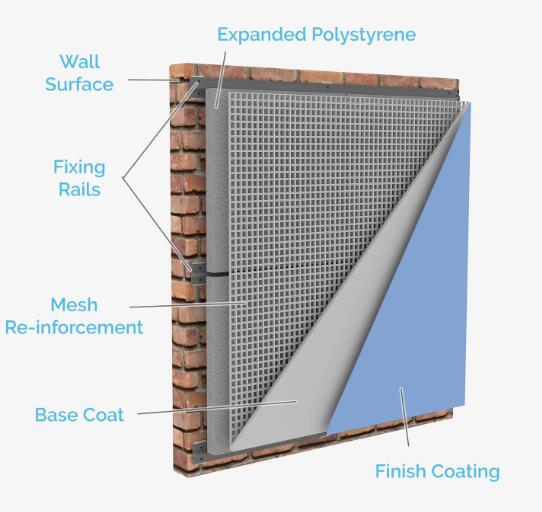
What are the main features of EPS?
As with any insulation material, energy efficiency is a primary feature. EPS insulation has an average r-value of 3.6 per inch. When certain types of plastic finishes are applied, composite EPS products can have an r-value of up to 3.8 at one inch. In addition to providing energy efficiency, EPS without a film side has a perm rating of up to 5.0. Perm rating is a measure of a product’s ability to let water vapor pass through. Products with higher perm ratings allow steam to escape to the outside, eliminating the possibility of moisture damage.
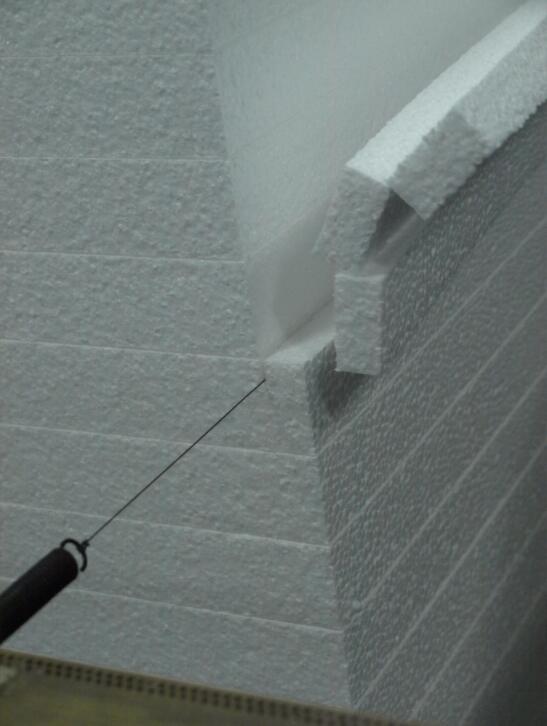
How is EPS made?
EPS begins as tiny beads of polystyrene that look like grains of salt. The beads are fed into the mold and expanded many times using steam and pentane until the space is completely filled. Typically workers will first form it into a large rectangular block and then use heating wire to cut it into the final shape. Then, the cut EPS products are packaged and shipped piece by piece. While EPS is usually white, additives such as colorants or pest inhibitors can be added.
Consider the big sizes of the bundles of EPS products, the packaging solution sould be more comprehensive. In general, the orbital stretch wrap machine is a possible solution for long EPS blocks and bundles. It’s convenient to operate the machine and users can just put their EPS product on the conveyor and let this bundling machine to finish the wrapping process. But this wrapping solution is not applicable to bundles with short length. The gap between the in-feed and out-feed conveyors is a barrier to go over.
EPS Block Sealing Machine is The Specific Machine Made for Packing EPS Products
This machine has a compact design and occupies very little space. It has in-feed conveyor to receive bundles and blocks by integrating with EPS cutting line. Wrap the EPS bundles with a layer of PE film and seals it, make a very tight package without going through a thermal shrink oven. Good to avoid possible damages to the EPS products due to heat application.

